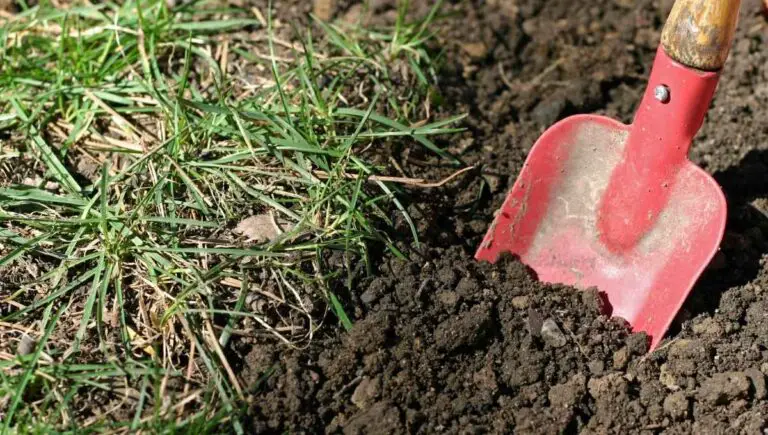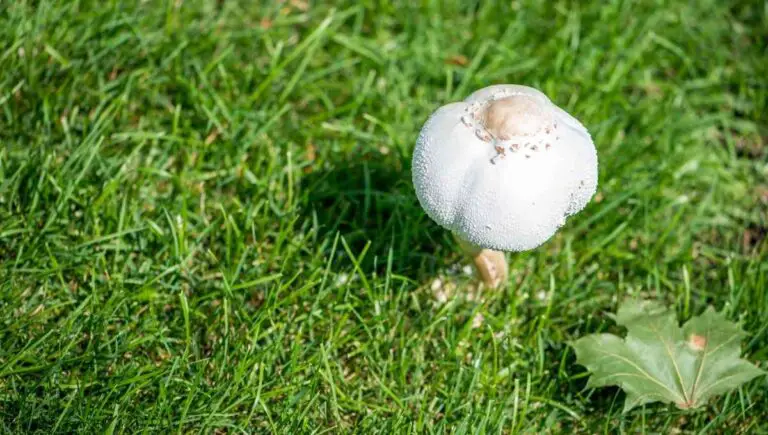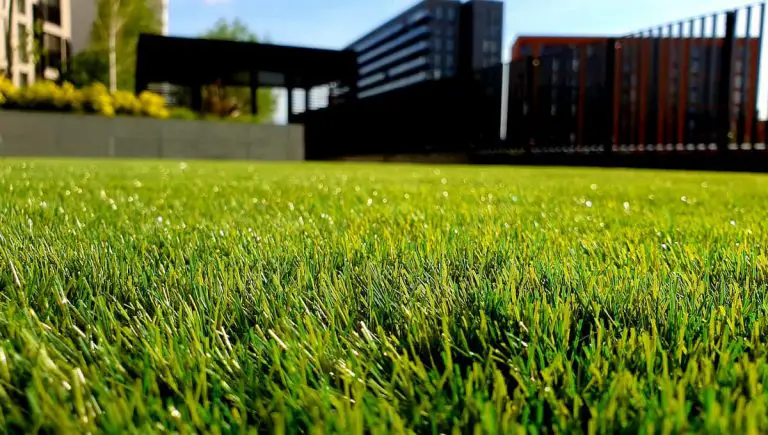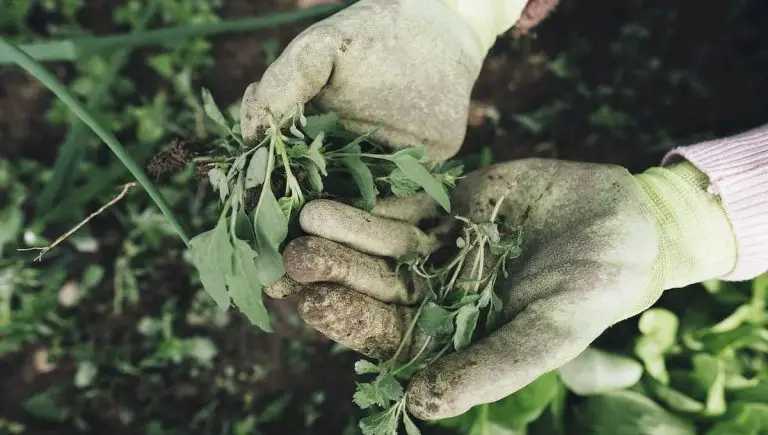Koi Pond Plants for Your Backyard Garden Paradise
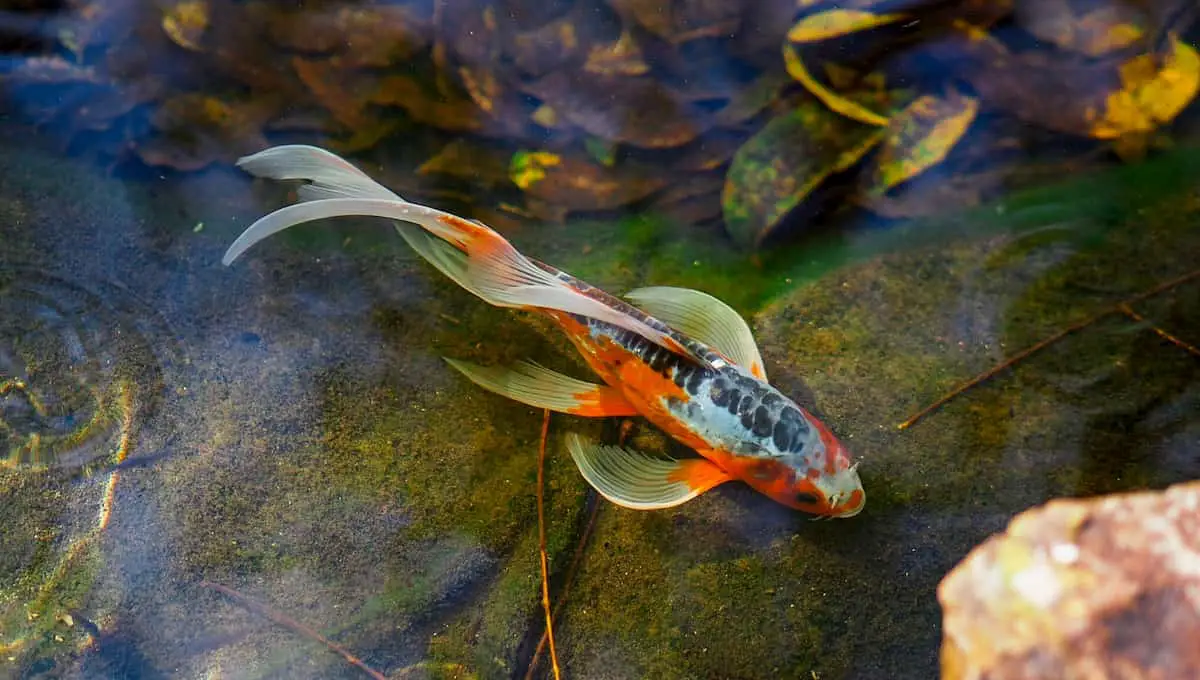
A garden is a pride and joy for homeowners, which include ornamental water features, such as koi ponds. Koi ponds have brought surprising health benefits to their owners, like promoting relaxation and stress relief. If you’re looking to invest in a koi pond, together with stocking the primary inhabitants, you’ll also need to consider koi pond plants.
On top of enhancing the aesthetics of a koi pond, koi fish pond plants are advantageous to own because various aquatic plant species feed the fish and keep the pond water clear and toxin-free.
In this article, we’ll look at which are the best koi plants to add to your water garden, provide information on soilless techniques for koi pond plant planting, and tricks on how to keep koi from eating plants.
The Three Main Types of Koi Pond Plants
You’ll come across several recommendations upon researching “koi pond plants near me” to the point where you may feel inundated by information.
While the possibilities seem limitless, it’s important to note the three types of plant species that aquatic plants for fish ponds are classed under. They’re as follows:
Submerged plants:
As the name suggests, the entire plant is submerged underwater although there may be parts of the plant that stick out.
Some benefits of these types of koi pond plants are that they oxygenate the water, while also competing for nutrients with algae, making them excellent pond filtering plants. The latter is essential because while algae are necessary for aquatic life, an algae-infested pond doesn’t just leave the water murky, but can also harm the fish.
Because they grow underwater and can reach great depths, submerged koi fish pond plants are suitable for larger koi ponds.
Popular native varieties include waterweeds and coontails.
Surface plants
Surface plants or floating pond plants will float at the surface of your pond because they don’t have roots that reach the bottom of a pond. They survive because they don’t require soil, absorbing the nutrients they need from the water instead.
These specific plants for koi ponds reproduce rapidly, which can be inconvenient. However, they do provide shelter and shade for koi fish, and help to regulate the temperature by keeping the water cool.
The pacific mosquito fern, otherwise referred to as fairy fern, as well as water cloves, are two of several types of the best aquatic plants for ponds.
Emergent plants
Emergent plants are by far the most popular plants for fish ponds. The rhizomes of emergent or marginal plants grow underwater in a branched root system, while the foliage grows above the water. In nature, some emergent plants are found to the side of a body of water.
There’s a wide variety of these koi pond plants for sale online, notably lilies, lotuses, and bog plants.
Emergent plants do make an excellent addition to a pond. However, you’ll find that koi are curious creatures with a penchant for nibbling leaves and roots.
Mix and match the above plants to create a pond with variety.
Why Are Aquatic Plants for Koi Ponds a Good Idea?
If you’ve installed a koi pond and think the feature looks incomplete, the addition of good pond plants may help to finish the look.
However, koi pond plants have more than aesthetic purposes. By performing photosynthesis, water plants oxygenate the water, which is the best way to keep your koi population healthy.
While releasing oxygen, the plants absorb carbon dioxide and ammonia that your fish generate as waste, which can be harmful if it’s not eliminated from the pond.
That way, these plants are nature’s filters, which you can rely upon, along with your pond’s installed filtering system.
On top of providing oxygen and removing harmful toxins, koi pond plants are an excellent food source for various types of animals, including koi fish. By owning a koi pond, you are perhaps without realizing it, contributing positively to the ecosystem and sustaining wildlife.
The Dynamics Between Pond Plants and Fish
There’s a lot of debate going on between koi pond owners about whether koi fish and plants can co-exist. Water gardeners or aquatic horticulturalists complain that due to their curious nature, koi fish are likely to take chunks out of their plants, to the point where the vegetation is completely destroyed.
That said, plants and fish mutually benefit from each other. Depending on the type of koi fish pond plants you choose, plant species are known to aerate and filter the water, absorb toxic nitrates and phosphates, and can keep uncontrolled algae in check, among other things.
At the same time, plants for koi ponds are kept alive and growing abundantly by feeding off fish waste, which rules out the need to use fertilizer. In turn, this has led to the rise of aquaponics – i.e., growing colonies of plants using soilless mediums – which we’ll look at more closely later on.
Tips and Tricks to Keeping Your Water Plants for Koi Ponds Alive
There are a few tricks to keep koi fish away from your plants for outdoor fish ponds. The first is to establish your plants in a koi pond before releasing koi fish, and not the other way round. Introducing new plants to a pond already populated by koi will gauge their interest in the plant as a food source.
Another approach is to curb their collective interest is to plant numerous plant species at once; that way, they won’t be vested in just one plant. At the same time, by adding multiple types, you can spruce up the appearance of your pond.
While koi fish are low maintenance and can feed off plants for sustenance, they do prefer pellets. To keep your koi away from your plants, make sure to give them enough fish feed.
As curious as they might be, there are some plants that fish don’t like; add these to your pond to keep koi fish at bay.
As you may know, the roots are an integral part of any plant, so one way for your aquatic plants to thrive in a koi-filled pond is to cover the roots with stones – most koi won’t attempt to dig up these stones to reach the roots.
12 of the Best Pond Plants to Add to Your Pond
1. Water Hyacinth
Water Hyacinth is a surface or floating plant for ponds. The species are widespread, found across America, and can thrive under most conditions.
The water hyacinth is easy-to-maintain and produces pretty purple and blue koi pond flowers that attract common types of pollinators, such as hummingbirds and birds.
One downfall to having these in your pond is that they must be maintained because they grow quickly and crowd out other plants if left to their devices.
Buy water hyacinth pond and water lettuce koi pond plants on Amazon here.
2. Water Lotus
A water lotus is the quintessential plant people envisage when picturing koi ponds. This class of lotus is a type of surface plant that needs to grow under specific conditions, requiring low humidity and several hours of sunlight a day.
It’s better to grow water lotuses in deeper waters and larger ponds. However, you can purchase dwarf versions if you’d like to add this pretty plant to your garden pond.
3. Horsetail
Horsetail is an emergent plant that grows in bunches along the edges of a pond or body of water. The horsetail has been around for thousands are years, and while there are multiple existing sub-species, a shared feature is the long, hollow reeds.
Horsetails or scouring rushes as the breed is commonly known are excellent at filtering water. Additionally, horsetails are non-invasive and won’t grow out of control.
While not a common source of food, the long reeds provide shade and shelter for koi fish.
4. Corkscrew Rush
It may not be a traditionally pretty plant. However, the corkscrew rush stands out in other ways due to its messy and twisting stems. Create the best koi pond possible and inject your garden with character by adding this unique plant.
Not only is it interesting to look at, but the corkscrew acts as a natural water filtration system.
5. Rodger Flowers
Rodger flowers also make the pond plants list due to its ample foliage and pretty pink flowers that pond visitors will love.
Plant your rodger flowers around the edge of your pond.
6. Water Lettuce
Water lettuce is yet another floating plant with numerous benefits. They’re an excellent source of food for koi while also protecting vulnerable fish from predators, especially females looking for refuge to lay their eggs.
Water lettuce is easy to care for and can grow in both shallow and deeper water, making it highly adaptable. Be careful about the plant overgrowing, though; a single plant can easily cover areas spanning three feet.
Due to its hardiness, water lettuce can thrive anywhere in America, except for Antarctica.
7. Water smartweed
Experienced gardeners might advise you against planting it because it grows thickly and rapidly. Still, colonies of water smartweed are known oxygenators and water purifiers, making them the ideal pond filter plants. Also, the plant is eaten by wildlife, such as birds, and macroinvertebrates (a vital protein for koi fish).
Between autumn and summer, the plant produces vibrant flowers that are lovely to have in your garden.
8. Water Lilies
Water lilies are another top choice, considered the best pond plants by some. They’re robust, can survive in most regions, and featuring lush koi pond lily pads and beautiful flowers, aesthetically pleasing to have around.
You may struggle with koi and waterlilies, in that the fish are known to make a meal out of the plants. Therefore, it’s an idea to plant water lilies in a pot before submerging it in the water or by installing underwater netting to deter interested fish. Pots for fish pond plants for sale here.
These types of lilies do thrive best in sun-lit areas but be advised to keep a close eye on them because they can overgrow if they aren’t well maintained.
An overcrowded colony of lilies can be detrimental, especially in smaller ponds, because their rapid numbers can prevent oxygenation from occurring and can consequently kill other plants and your population of oxygen-deprived fish.
On top of everything else, water lilies are suitable koi plants for winter – they’re highly adaptable and can thrive in colder climates.
Purchase aquatic lily koi pond plants online.
9. Water Irises
Water Irises are another firm favorite among pond owners. While there are multiple breeds of the plant, the primary features of the species include long, sharp leaves and flowers of assorted colors, namely blue, white, and yellow.
On top of being a decorative addition to your pond, the plant provides coverage for fish and helps remove nitrates, phosphates and other harmful toxins in the water.
10. Water Clover
The water clover plant is distinctive by appearance, bearing four leaves on each stem. The structure may vary from leaf-to-leaf, but they’re easily identifiable.
Koi fish will take cover under the foliage for shade, and are known to nibble on the leaves. They’re an excellent choice as an aquatic plant for koi ponds that either float serenely on the water’s surface or are found near the rocks of a waterfall in nature.
11. Fairy Ferns
Officially called Pacific mosquito fern, the plant is yet another free-floating plant. In controlled amounts, it’s beneficial to have in your garden, but these ferns tend to overgrow, killing other plants, and making koi fish sick.
12. Coontails
Coontails are named after their appearance; they resemble bottle brushes or coontails. They can be identified by their long leaves, medium-green color, and are excellent forage for various aquatic animals, including koi fish.
The Truth About Algae: Water Plants for Koi Pond to Avoid
Algae is the slime that grows steadily rocks and the green scum that results in murky waters, which could also turn your pond an unbecoming pea-green color.
While a necessary part of the aquatic ecosystem, as well as a source of food for koi fish, an uncontrolled invasion is the last thing that you want. Uncontrolled algae are bad news for your fish, who have to compete for oxygen with the plant species.
By planting the ten best plants for koi ponds, your unconstrained algae now have to compete with other plants for nutrients, resulting in the algae growing in your pond to dwindle.
All You Need to Know About Planting Techniques
If you plan on adding plants to your pond, these are a few tricks of the trade you should know first.
Clean off soil and debris
Soil can also contaminate your water source, so it’s important to check that your chosen plant is entirely soilless, before inserting it into the water by rinsing dirt from the roots.
For floating plants
Allow these floating plants for ponds to move around freely. However, you should anchor them to a weighted washer using fishing line and then tie the washer to the side of the pond. The reason being, the plants could float into the filter and clog it.
For rooted plants
After setting the roots of your plant on the floor, you’ll need to securely hold it in place by placing rocks over it or tying the rhizome of the plant to a heavy object with twine. Over time, once the plant attaches to the object, the twine won’t be necessary anymore and can then be removed.
Make sure not to completely cover the roots, unless your pond is susceptible to strong currents or the plant is extremely top-heavy.
Another useful tip is to place your plant in a pot mixed with a soilless medium, topped with rocks to keep it in place, before submerging it in water. If you’re wondering how to plant water lilies in a koi pond, without being eaten by koi fish, the technique, as mentioned above, is helpful.
Are Some Pond Plants Invasive and Dangerous?
Countless plant species are beneficial to wildlife, providing food and habitat for your koi fish, as well as birds and other visitors to your pond.
However, dense growth of invasive plant species can deprive a body of water of oxygen, especially at night, destroying aquatic life.
For example, Eurasian watermilfoil is a plant species that you don’t want to see growing in your koi pond because it can very quickly and very aggressively dominate your water feature.
Remove these unwanted plants in the following ways:
- Cut up the plant and rake up the fragments from your pool. Remember that the plant will grow back from what remains of its roots, so maintenance is key here.
- Add a non-toxic pool dye to your pond; the substance is not harmful to aquatic creatures and other plants but kills off invasive species by blocking photosynthesis.
- Water or drain the water level of your pond, exposing harmful species to harsh conditions that they cannot survive, which is especially useful come winter.
In addition to invasive species, some plants are toxic to fish. To avoid poisoning your koi, ask an experienced koi pond keepers to impart their knowledge about koi plants you should avoid.
Plants for Koi Aquarium
You can hand-rear young koi in an in-built aquarium, and when they grow bigger, you can transport them to your outdoor pond.
In the meantime, you can also add assorted aquatic plants to add character to your aquarium that also keeps your growing pets healthy and fed, on top of providing them with security and shelter.
Java fern is one of the most widely used plants in aquariums because it’s highly adaptable, hardy, and can withstand most environments, and is also a food supply for koi.
These ferns naturally attach to heavier objects, so make sure your fern has something to latch onto. Otherwise, the plant will affix to the glass, making it challenging to clean the tank in the future.
Best Plants for Fish Pond Aquaponics
Aquaponics is the latest buzzword in aquaculture, referring to a unique method of growing common vegetables using fish excrement as a replacement fertilizer. Koi fish are the most popularly used fish for aquaponics because they’re hardy fish who eat just about anything, while a koi pond is an ideal setup for an aquaponics system.
In a nutshell, aquaponics involves the rearing of aquatic animals, such as koi, with the production of plants using soilless techniques.
The advantages of utilizing aquaponics are numerous, including keeping a koi pond clean and toxin-free by improving the overall quality of the water, thus ensuring the longevity of your fish population. At the same time, the fruit of your labors, fully grown plants, can be fed back to the fish or used to feed your family.
Recap: Identifying the Best Plants for Koi Ponds
Koi ponds are a fantastic installment to have in your garden, considered a serene outdoor space for quiet contemplation.
In addition to adding the Japanese carp (koi fish), there are numerous plants that you can also grow in and around the edges of your newly-built koi pond. This article has taught us the following about various vegetation that are, among other things, water filtering plants for ponds.
- Aquatic plants may have an aesthetic appeal, but they also play a crucial role in your newly developed miniature ecosystem, where macroinvertebrates feed off the plant’s nutrients, koi fish consume the macroinvertebrates, and plants’ flowers support local pollinators.
- Alongside providing animals with a food source and protection, specific types of aquatic plants oxygenate the water while absorbing and removing waste and toxins, such as nitrates, from it.
- There are countless species of plants you can use for water gardening, Ranging from common water hyacinth koi pond plants to koi pond water lilies – we’ve included 12 of our favorites. However, the list is exhaustive.
- There are also invasive plant species you should avoid planting in your pond. Remove immediately if you see them growing because their dense growth results in the suffocation of surrounding plants and aquatic animals.
- Koi fish are curious creatures that can destroy plants, learn the tricks to keep these creatures away from your most treasured plants.
- How you plant aquatic plants is key; we’ve outlined some basic techniques to ensure fail-proof plant cultivation.
- Aquaponics is a buzzword in aquaculture and is something that you can employ if you want to produce vegetables in soilless mediums using a unique natural waste: fish excrement. Koi fish are popularly used for this system because they eat most things, live a long time, and more disease resistant than other types of store-bought fish.



